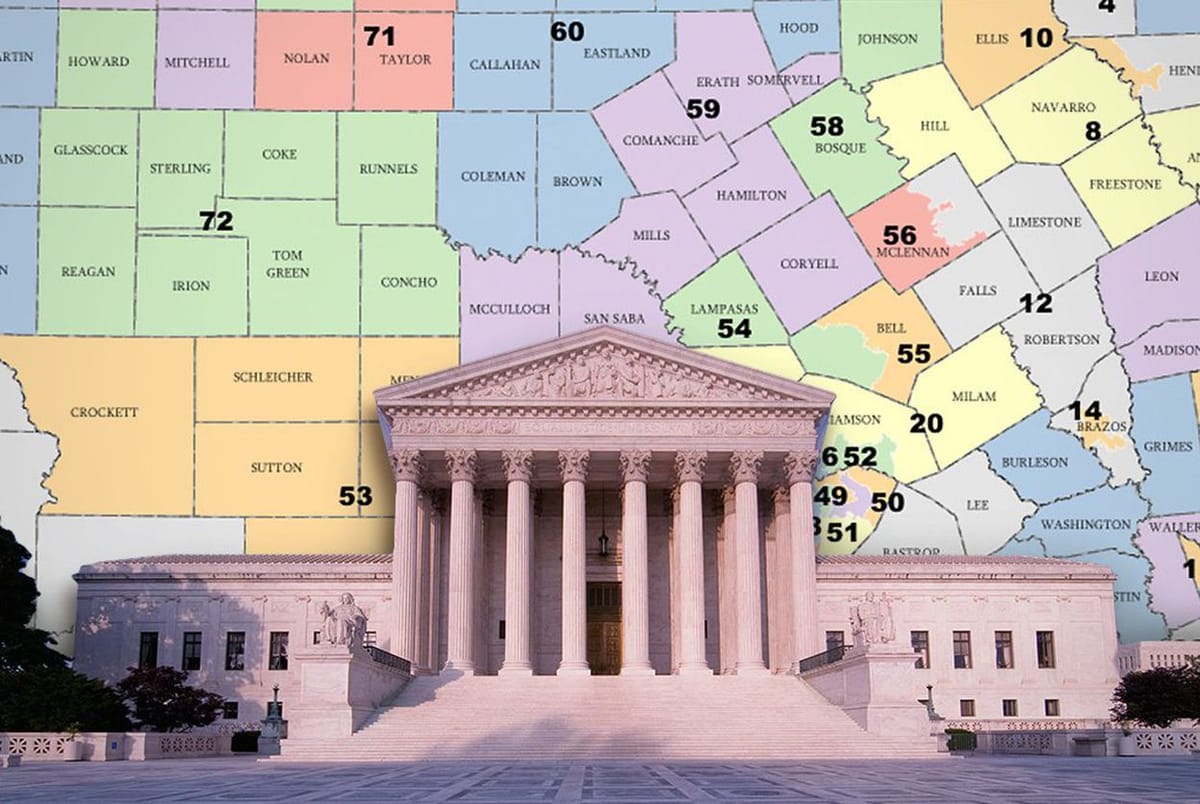Supreme Court Takes Aim at Congressional Redistricting
This week, the U.S. Supreme Court is hearing a case that could reshape the way congressional districts are drawn across the country — and redefine the role of race in American elections.

What’s at Stake in Louisiana v. Callais
This week, the U.S. Supreme Court is hearing a case that could reshape the way congressional districts are drawn across the country — and redefine the role of race in American elections.
The Case: Louisiana v. Callais
On Wednesday, October 15, 2025, the Court heard oral arguments in Louisiana v. Callais, a challenge to the state’s newly drawn congressional map. At the heart of the case is a question that has long divided lawmakers, courts, and communities: Can race be used — or even required — when drawing voting districts?
Louisiana added a second majority-Black district in 2024 after a lower court ruled that its previous map violated Section 2 of the Voting Rights Act. The state is now pushing back, arguing that race played too dominant a role in the redistricting process.
Why This Matters
The outcome of this case could have sweeping consequences:
- Voting Rights Act Interpretation: A ruling could narrow how Section 2 is applied, making it harder to challenge maps that dilute minority voting power.
- National Impact: States across the country may revisit their district maps, especially those with large minority populations.
- Political Balance: Limiting race-conscious districting could help Republicans maintain control of the House by reducing the number of minority-majority districts, which tend to favor Democrats.
What the Justices Are Saying
During oral arguments, the Court’s conservative majority appeared skeptical of race-based districting. Chief Justice Roberts and Justice Barrett questioned whether the current interpretation of the Voting Rights Act still justifies drawing districts primarily based on race.
Their questions suggest the Court may be leaning toward a more race-neutral approach — one that could significantly alter how future maps are drawn.
What to Watch Next
A decision is expected later this term. If the Court sides with Louisiana, it could signal a major shift in how race and representation intersect in American democracy.
Stay tuned — this case could be one of the most consequential voting rights decisions in years. We will monitor and update this post accordingly...





